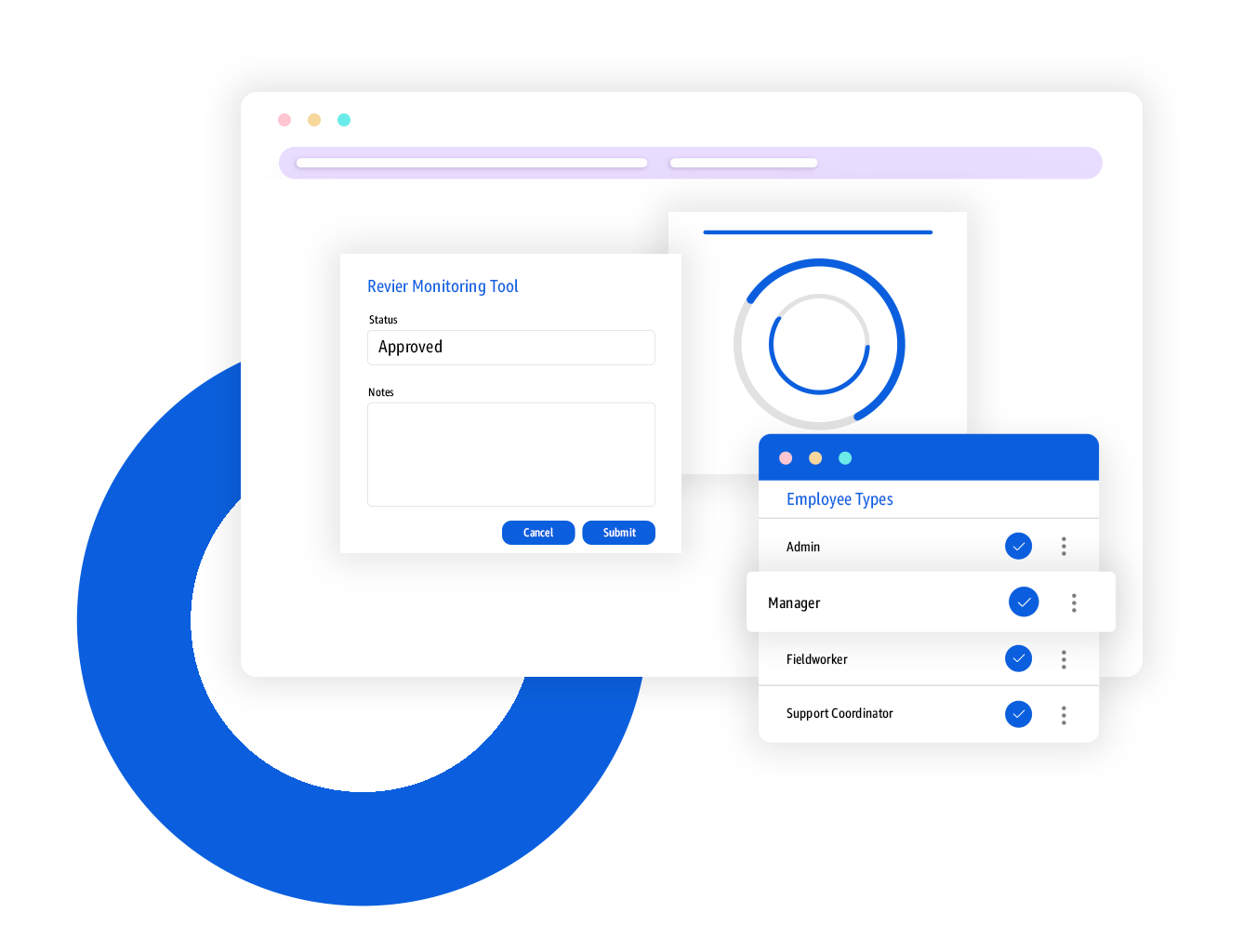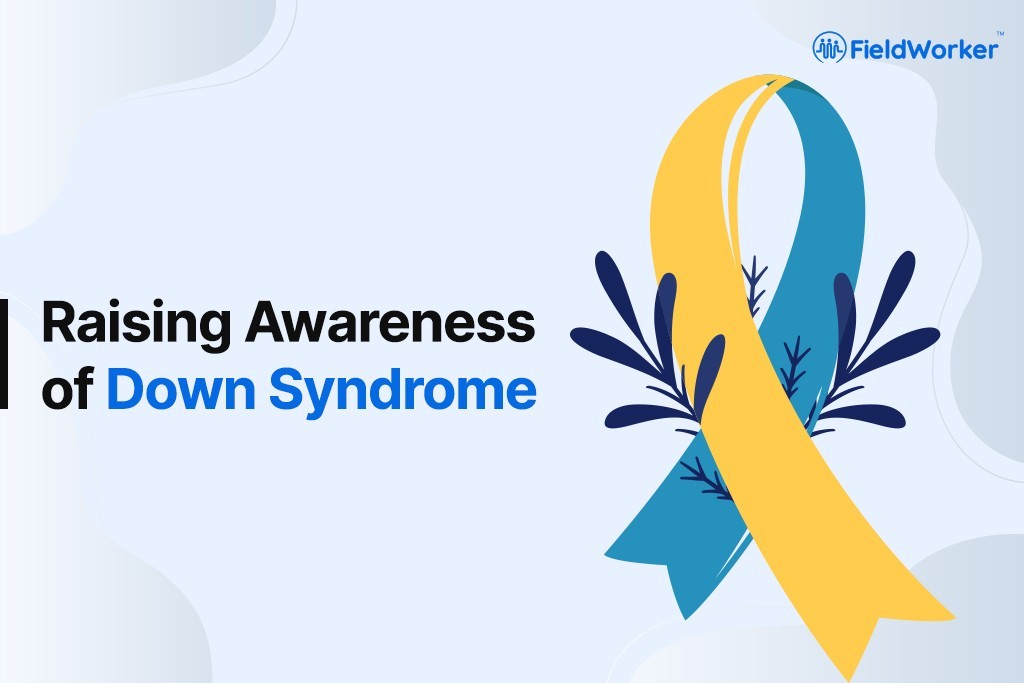Did you know that March 21 was World Down Syndrome Day? This is a day to focus on raising awareness and advocating for those living with the condition. We want to take a look in detail into what Down Syndrome is, and what we as a society need to do to support individuals affected.
What is Down Syndrome?
Down Syndrome arises when people are born with an extra chromosome. Chromosomes are essentially packages of genes, defining our characteristics as people, and ordinarily, we’re born with 46 chromosomes – or 23 pairs. People with Down Syndrome are born with an extra copy of chromosome 21, meaning that rather than chromosome 21 being part of a pair, it forms a triplet.
This extra chromosome affects the way a person’s brain and body develop. This may be noticeable in some of the following ways:
- Different facial features, which may include more almond-shaped eyes, a short neck, small ears and a flatter face.
- A tendency to stick the tongue out.
- Smaller hands and feet, with a single line across the palm of the hand as opposed to multiple creases.
- Small white spots on the colored part of the eye.
- Poor muscle tone and loose joints, as well as a shorter height and stature as children and adults.
Although researchers know that the extra copy of chromosome 21 is the cause of Down Syndrome, they’re still not exactly sure why this sometimes happens. It’s also known that women who are 35 or older at the time of pregnancy have a higher chance of having a baby with Down Syndrome, but again, we’re not sure why.
Learn more about Down Syndrome here – including information on several different types of Down Syndrome.
How is Down Syndrome treated?
There is no known cure for Down Syndrome, and there’s no single treatment either. That’s because all individuals with Down Syndrome have different personal, developmental and physical needs, and these can vary greatly. That’s why there’s an emphasis on carefully considering each patient’s own experience of the condition to put together a highly personalized care plan with the goal of helping them live fulfilling and independent lives wherever possible.
There’s evidence that early intervention can be very helpful, which means putting together a program of specialized educational therapy and physical therapy from the age of three to help individuals with Down Syndrome throughout their school years.
A typical program of treatment for a child with Down Syndrome may include:
Physical therapy to help build motor skills and improve muscle tone and strength. This may include exercises targeted to help improve walking gait and posture to prevent fain and orthopedic issues later in life.
Speech therapy to help with language acquisition and communication. Children with Down Syndrome usually start to speak later than their peers, so this kind of therapy may include helping imitate sounds to improve communication at an early age.
Occupational therapy to help individuals living with Down Syndrome learn skills to help them achieve independence. This may involve self care such as getting dressed, learning how to write with adaptive pens, or helping identify possible careers for teenagers.
Behavioral therapy to help build interpersonal skills, setting the foundation for fulfilling relationships with friends and family, in addition to therapy to help individuals cope with emotions.
Check out this resource to explore more about what treatment plans for Down Syndrome may involve.
How can we empower those living with Down Syndrome?
Raise awareness and educate yourselves
First and foremost, you can help raise awareness of what Down Syndrome means, and how it may affect an individual. This includes being aware of challenges these individuals may face, in addition to ways you can support them in overcoming these challenges.
For employers, consider ways you can create opportunities for those with Down Syndrome and what changes to your work environment you could make to ensure those with Down Syndrome not only feel comfortable, but are able to contribute and succeed just as any other employee.
Include adults with Down Syndrome in the conversation
You don’t need to act for individuals with Down Syndrome all the time – it can be a case of acting with them. That means including them in conversations about how you can raise awareness, how you can support their individual needs.
This also means not overlooking their own personal wants and interests. All too often, individuals living with any IDD can be reduced purely down to their IDD, but they are people with unique personalities, wishes, dreams and likes just like anyone else. That means never assuming you know what’s best for someone with Down Syndrome, working together with them!
Find tools that help build responsibility and independence
Adults with Down Syndrome can often be highly independent, and enjoy taking responsibility for themselves. And there are some simple tools that we can all use to support them in achieving this, for example, setting up reminders on their phones, including visual reminders or cues in their physical environments, using daily to-do lists or even using a wall calendar. Ask them what they like to use and be creative in finding ways to help!
Read more tips on how to support individuals with Down Syndrome here.
Here at FieldWorker, we build tools to empower those working in care, support individuals with Down Syndrome and other IDDs. Click here to learn more about our platform.

